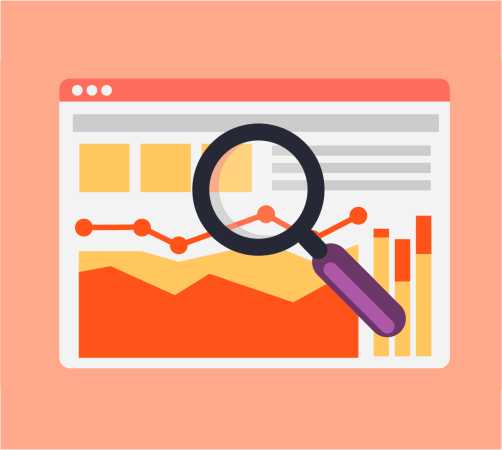

We can maintain brand visibility by assessing how SERPs will change during these seasonal periods.
Does your current SEO strategy take seasonality into account? If not, your digital marketing operation is in serious trouble! Failure to account for seasonality swings in SEO estimates and allocate investment properly exposes your organization to undue risk. Worse, neglecting to account for seasonality means your organization will be unable to benefit from crucial seasonal selling opportunities.
It is a long established fact that a reader will be distracted by the readable content of a page when looking at its layout.
A topic’s interest fluctuates naturally over time due to seasonality. Interest in and sales for certain items peak at different times of the year in eCommerce and even in offline commerce. In addition to Christmas gifts and Halloween costumes, many commercial searches follow seasonal cycles, whether they are for baseball tickets during the baseball season, BBQ accessories in the summer, or spiral notebooks just before the school year begins.
Several methods exist, but the two most common are to look at your traffic or your target business keywords.
Traffic seasonality:
Let us think about Christmas! This is an excellent example of a site taking advantage of its seasonality. Year after year, the amount of traffic during the Christmas season increases. This site clearly grasped the opportunity seasonality brought and ensured the site was highly optimized to capture that surge in interest, resulting in increased traffic year over year.
Keyword seasonality:
Google Trends- Understanding keyword seasonality with tools like Google Trends is critical to identifying huge SEO possibilities. Regardless of the season, most users will search for the main key and rely on Google to offer them the most appropriate results based on the time of year.
Don’t leave it till the last minute to plan your seasonal SEO approach. SEO initiatives require time to plan and execute. You won’t see results right away. As a result, you should begin preparing seasonal SEO strategies at least three to four months ahead of time.
Planning entails:
It is crucial to understand seasonal SEO for the following reasons:
1. Today is the first day
The optimum time to begin investigating the impact of seasonality on business success is yesterday. And now is the second-best time.
It may appear simple, but you may receive information that you did not expect. If you’re working on a yearly or six-month SEO plan, now is the time to consider the future seasons and incorporate them into your strategy.
2. Know all the areas
Here are some other locations to start investigating your company’s seasonality:
3. Consult with business stakeholders
First and foremost, consult with your stakeholders. Don’t wait till the low season arrives to talk about reporting and why many of your indicators are down. Do it right now.
This keeps everyone on the same page and reduces reporting stress when drops occur.
If you’re reading this, you’re probably already acquainted with what a SERP is, but for those who aren’t, a SERP is a search engine results page or the page that a search engine provides to users when they search for anything online using a search engine like Google, Yahoo, Bing, and others.
SERPs are crucial since they are ultimately where SEO battles are won or lost.
It is a constant measure of how effective your SEO strategy is.
Why is a SERP important for SEO?
The importance of SERPs stems from the fact that results are indexed based on ranking signals, which influence where a website appears on the results page. Poor SERP ranking means less exposure, fewer clicks, less traffic, and less revenue. This is why websites devote so much time and effort to SEO.
How can I boost my SERP ranking?
What are the fundamental principles of SEO SERP?
Google’s SERPs can display a variety of components, including search results (known as snippets), a knowledge graph, a featured snippet, an answer box, photos, shopping results, and more. Some of these items will appear depending on the type of query and the data Google discovers.
How many different types of SERP results are there?
On a SERP, there are three categories of results: Pages crawled and indexed by the search engine spider; pages manually submitted to the search engine’s directory; and pages appearing as a result of sponsored inclusion
